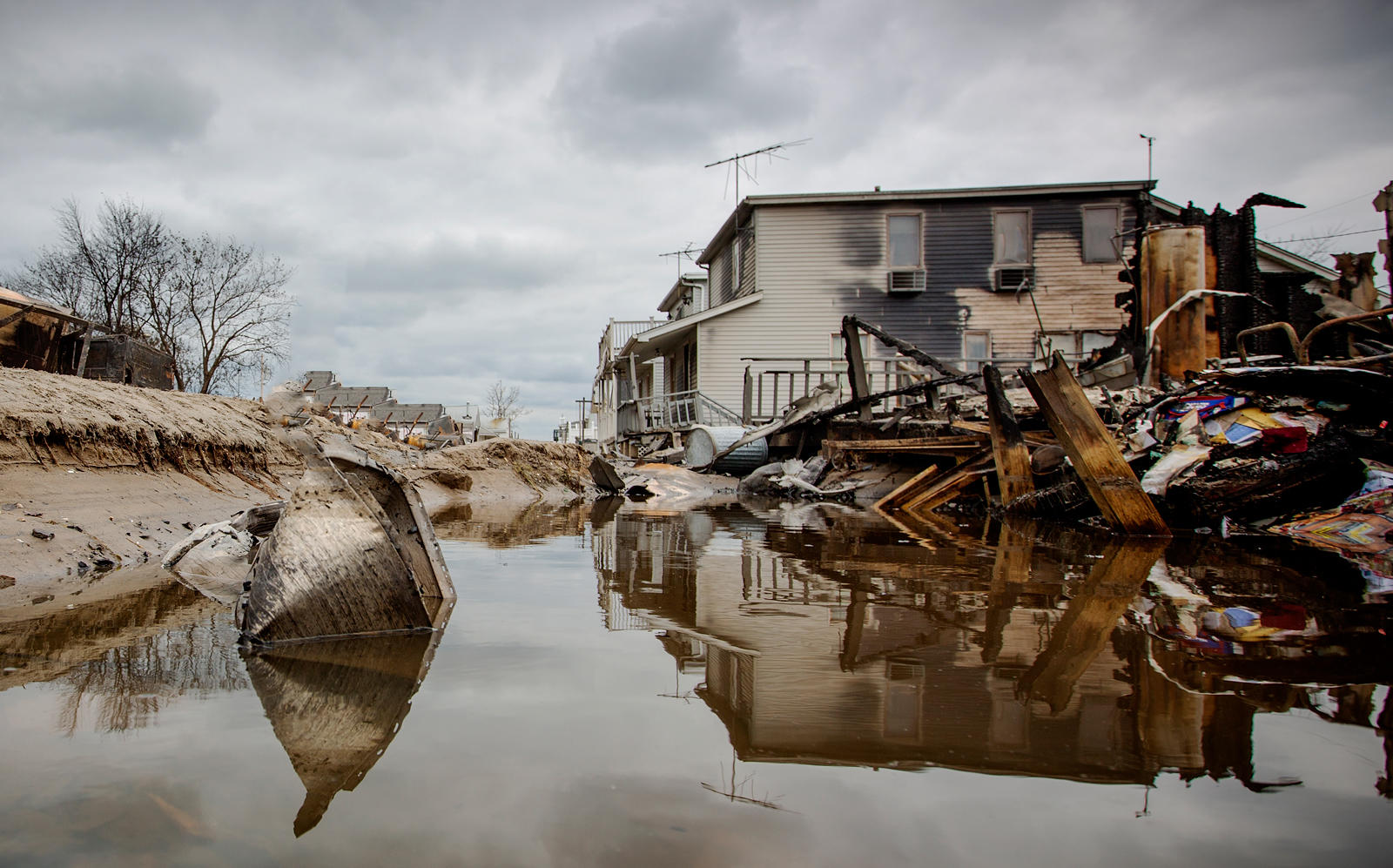Climate change is affecting the viability of the classic 30-year mortgage, a keystone of the American housing market.
Borrowers and lenders are changing their calculus when it comes to mortgages, according to New York Times. Both sides are looking for more flexibility and certainty in the face of the unknown.
Borrowers are increasingly using mortgages that give them an out in the event of a flood or other event related to climate change that reduces the value of their properties.
Banks, meanwhile, are tightening lending standards on properties at risk of flooding, wildfires and other natural disasters.
Since 2015 insurance companies have dropped 350,000 policies in fire-prone areas of California, not counting any nonrenewals in two northern California communities nearly wiped off the map in 2018’s Camp Fire.
When they do approve a loan, some lenders require down payments of as much as 40 percent, twice the traditional figure.
Banks are also selling more loans to government-backed buyers including Fannie Mae, shifting risk away from themselves and onto U.S. taxpayers.
In 2017, local banks sold off 57 percent of their mortgages on property in areas vulnerable to flooding, up from 43 percent in 2009. [NYT] — Dennis Lynch
